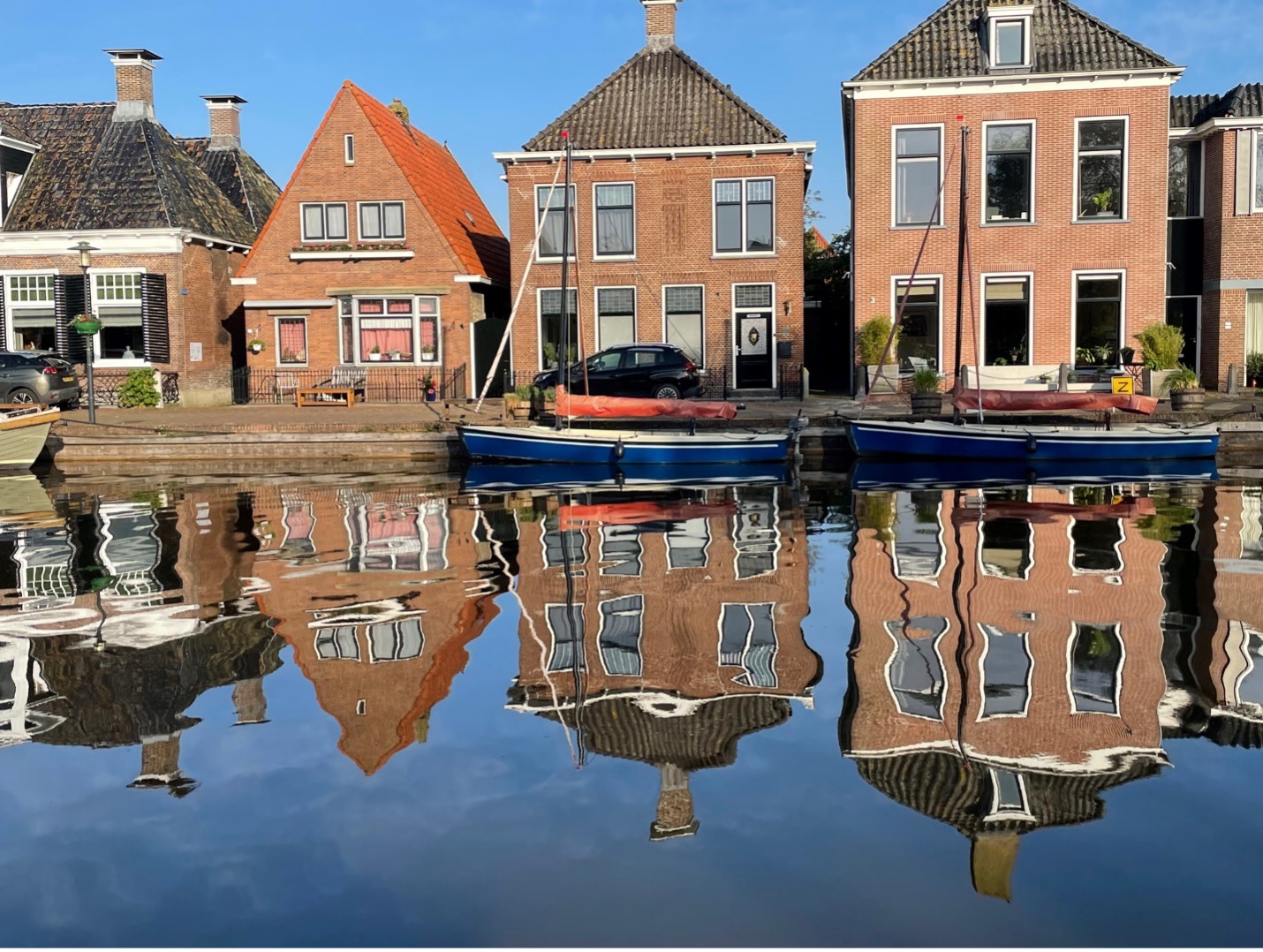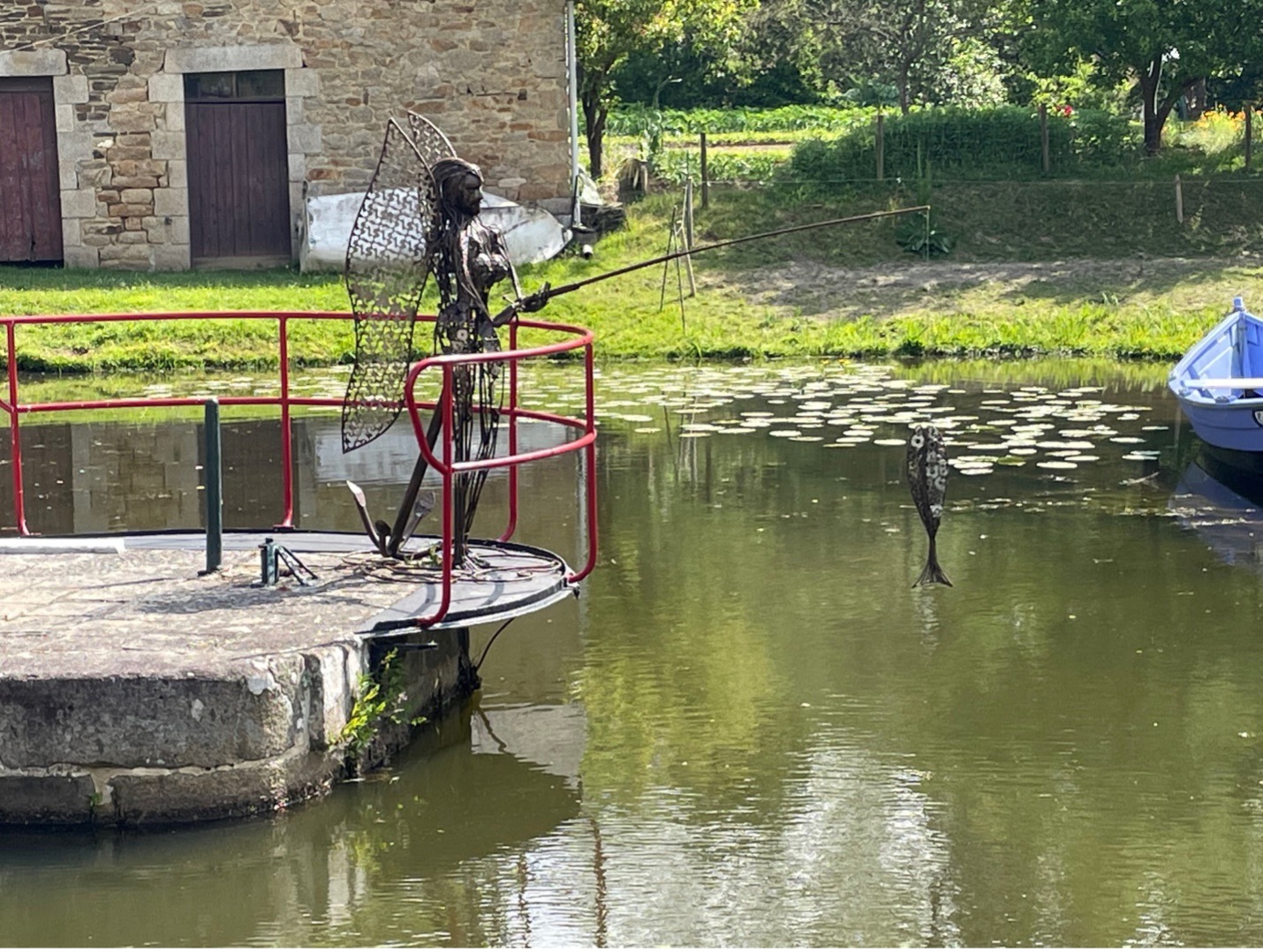
- Research project
- – Western Pacific
I recently enjoyed a 2 month visit to parts of Europe, where water management continues to be a topical issue. Either too much water or dwindling amounts – similar to Australian experiences – but at slightly different scales.
While I was there, I spoke with Dutch and English colleagues through 3 online events that I arranged where we:
From each of the conversations it was obvious that water professional in Europe, like in Australia, have no shortage of challenges to consider – given ongoing population increases, affordability and dealing with highly variable weather patterns.
A common focus among the professionals I met, was the urgency to set in place climate adaptation practices across all aspects of urban design, flood resilience and even practices at the household scale. And at the national Level in both the Netherlands and the United Kingdom they have strong national adaptation narratives – backed by policies to make it happen.

The Netherlands have long had a focus on building coastal defences to heightened ocean storms, but in recent years the “Make Room for the River” program has been a way to manage the internal river flooding that comes from upstream into the Netherlands – which is really an extensive delta system.
As I cycled north from Arnhem to Zwolle, the last 20 kilometres section from Deventer along the IJssel River, I saw first-hand how a continuous corridor of riparian land uses was there to accommodate times when surplus water needed to be stored safely. In fact, I found all throughout the Netherlands, in parts of Brittany and in England, that the opportunity to explore bikeways or walking tracks along water ways and canals were common. Bizarrely in the Netherlands on odd occasion in the western parts, from the bike track you can look up from to an elevated canal with boat sails going past you!! The historic removal of peat in many places was extensive.
I also saw in Zwolle an excellent city-wide approach on how to be to be resilient to future climate change disruptions. The City of Zwolle has closely looked at the spatial components of their city in a regional setting to better understand how the influences of future regional and local runoff need to be best accommodated in a well-established yet growing City. Re-purposing and realigning canals to protect and store water within various changing roads was one major structural approach – and you could see this was a stepped process over time. New developments in the heart of the old town had elevated ground levels to give the freeboard safety sought.
And at the same time many parts of the Netherlands are experiencing more frequent periods of reduced groundwater levels partly due to warmer and reduced rainfall, but also due to a long tradition of draining water from many rural areas. An interesting awareness raising approach are household encouragements to remove fully paved backyards and replace with a pervious garden arrangement. This “de-tiling” practice is creating a competition between cities to see who does this best, and it is also a reflection on the extent of the need to recharge groundwater reserves.

While I was in England for the annual Flood and Coast conference in Telford, I was impressed to see the broad mix of organisations working on ways to reduce flood impacts. The high vulnerability in England – in the order of 25% of residents to various levels of flooding – has meant ongoing and diverse ways to better reduce the regional and local impacts of stream and river flooding.
What struck me though was a true spider web of connections among colleagues from the Environmental Agency, through local government to contractors and communities on the ground. Sure, the conference brought everyone into the same venue – but the stories and way they enjoyed seeing each other was a clear reflection that in the hard slog to get plans, designs, and measures on the ground, the joint working on getting a better understanding and finding solutions was happening.
Also, the vulnerability of coastal communities in the UK to impacts from severe coastal storms – with risk of land loss was something at a scale much bigger than what I had previously appreciated. To deal with this, regional coastal groups have been formed – 7 in total – and are an alliance between maritime Local Authorities, Port Authorities, and the Environment Agency. This urgency to combine skills is being driven by climate change and sea level rise, public sector budget cuts, the retirement of knowledgeable senior engineers and shifting policy and guidance. So collective effort is obviously vital to sustain this effort of being prepared.
The connections with colleagues between Europe and Australia have been a collaboration that I have helped nurture and facilitate over the last 10 years through the Flood Community of Practice and efforts at the International Water Centre. During this trip that opportunity to keep that contact ongoing was seen with good interest in online events and opportunistic functions. There is much to learn between contrasting hemispheres and how we keep that alive is rewarding for our networks.